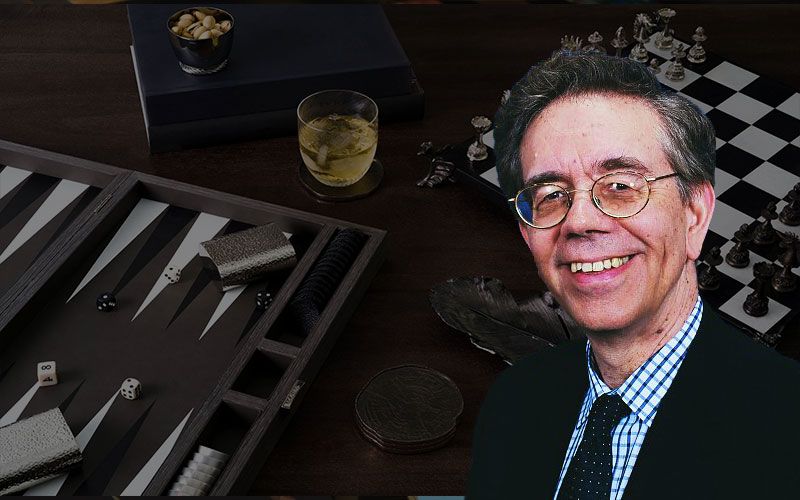
We are in the very early part of the game and neither player has much structure. White has, however, made his 4-point.
Loading board
Some players, new to the game and principally learning from books, get the impression that advanced, creative backgammon requires leaving blots and shots at all opportunities. Not true. While there are lots and lots of positions where weirdly aggressive plays are justified, there are plenty of other positions where battening the hatches is the right idea. This position is a case in point.
Black’s best play is to make an anchor with the ultra-safe 24/20 and 10/8, leaving no blots; the runner-up play is 24/20 13/11, still making an anchor but leaving two outfield blots. The hitting play 20/16* 24/22 is third-best by a wide margin.
This result will take many readers by surprise. “Why not hit and gain ground in the race? Looks pretty safe. White is on the bar and I’ve gained 16 pips. Sure I don’t have any board yet, but White isn’t very strong either.”
What’s wrong with this reasoning? Well, in actuality not very much. Hitting isn’t a bad play; Black in fact improves his winning chances by hitting. What’s worth noting, however, is that, because he has no board, Black improves his winning chances very little by hitting.
Let’s look at the numbers. Before Black rolls, he’s a very slight underdog, only about 49.3% to win according to rollouts. After hitting with 20/16* 24/22 (the best way to hit, connecting his two rear blots) Black’s winning chances increase, but only to 49.4%! Hitting has taken him from a small underdog to an slightly smaller underdog.
Making the anchor does somewhat better. After anchoring and buttoning up with 10/8. Black moves to 50.8% to win. Again just a small increase (only 1.5%) but now at least he has become a favorite. This makes sense, since he’s now ahead in the race (although only by a pip) and he’s made the best point on the board. Why wouldn’t he be a favorite?
After 20/16* 24/22, however, Black is swimming. True, he’s a little farther ahead in the race, but he has no points anywhere and three blots that can be attacked, while White is still the only player with a point. Although White is on the bar, he has a full 21 numbers that enter and hit. Under the circumstances, it’s not really a surprise that Black is still a small underdog.
The general principle operating here is that structure supports blots. The more structure you have, the more blots you can tolerate and the more likely it is that a hitting play is correct. Structure, in the form of home board points, operates both offensively and defensively. Offensively, it makes hits stronger by increasing the chance that your opponent fans when you hit and reducing the number of enter-and-hit numbers. Defensively, structure allows you to tolerate a loose hit by preventing your opponent from taking too many chances; he has to respect your structure and play more conservatively. Look at the next position to see the contrast:
Loading board
Position #2. Same as before except Black has made his 5-point.
With the extra structure provided by his 5-point, Black is correct to hit with 4-2. White is both more likely to fan and less likely to hit back if he enters.
When you have no board at all, a play that makes one of the best anchors, either the 20-point or the 18-point, is likely to be better than a loose hit, even hits that appear relatively safe. An anchor may be a conservative asset, but it’s one that exerts its power for most of the game.